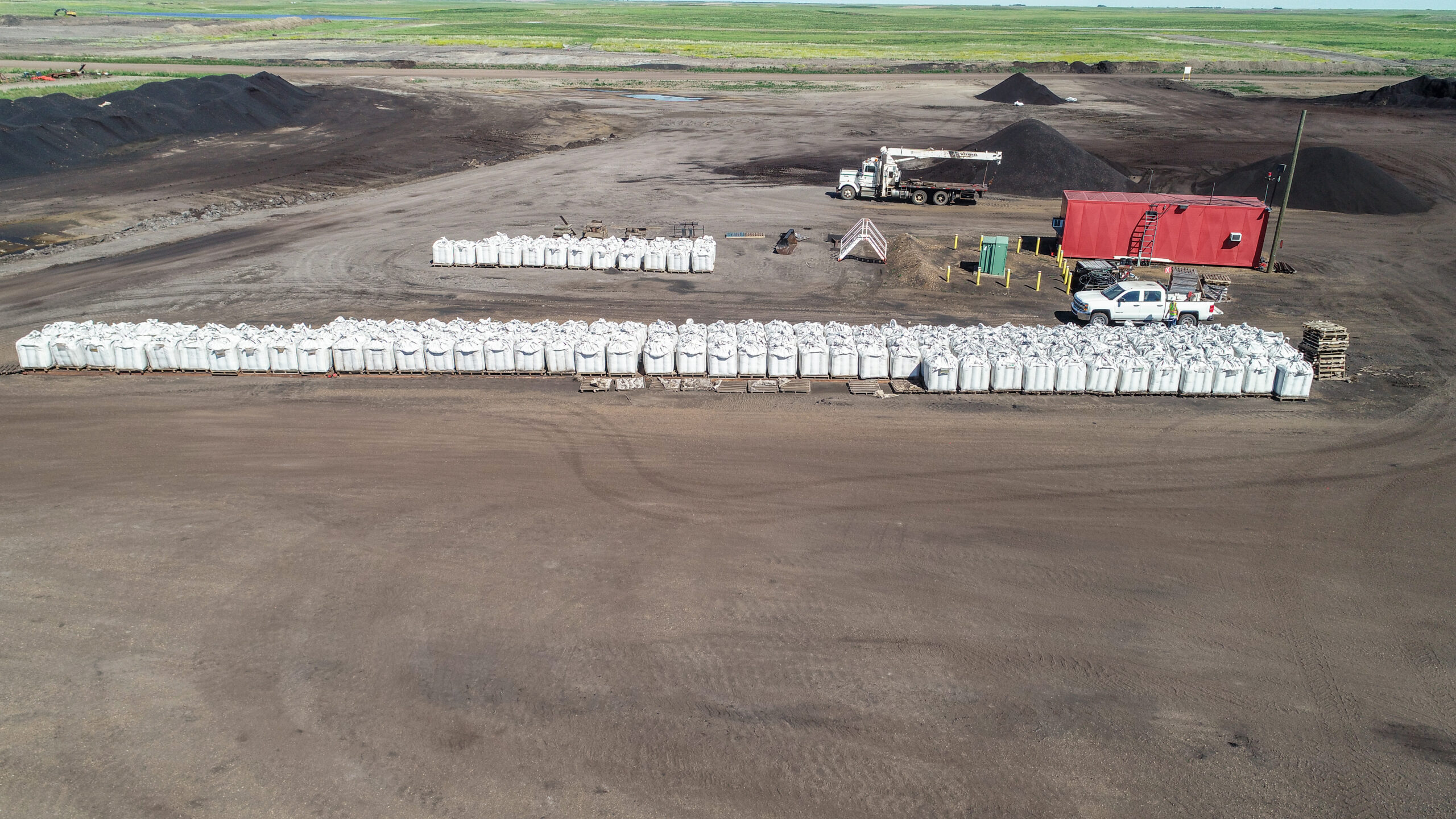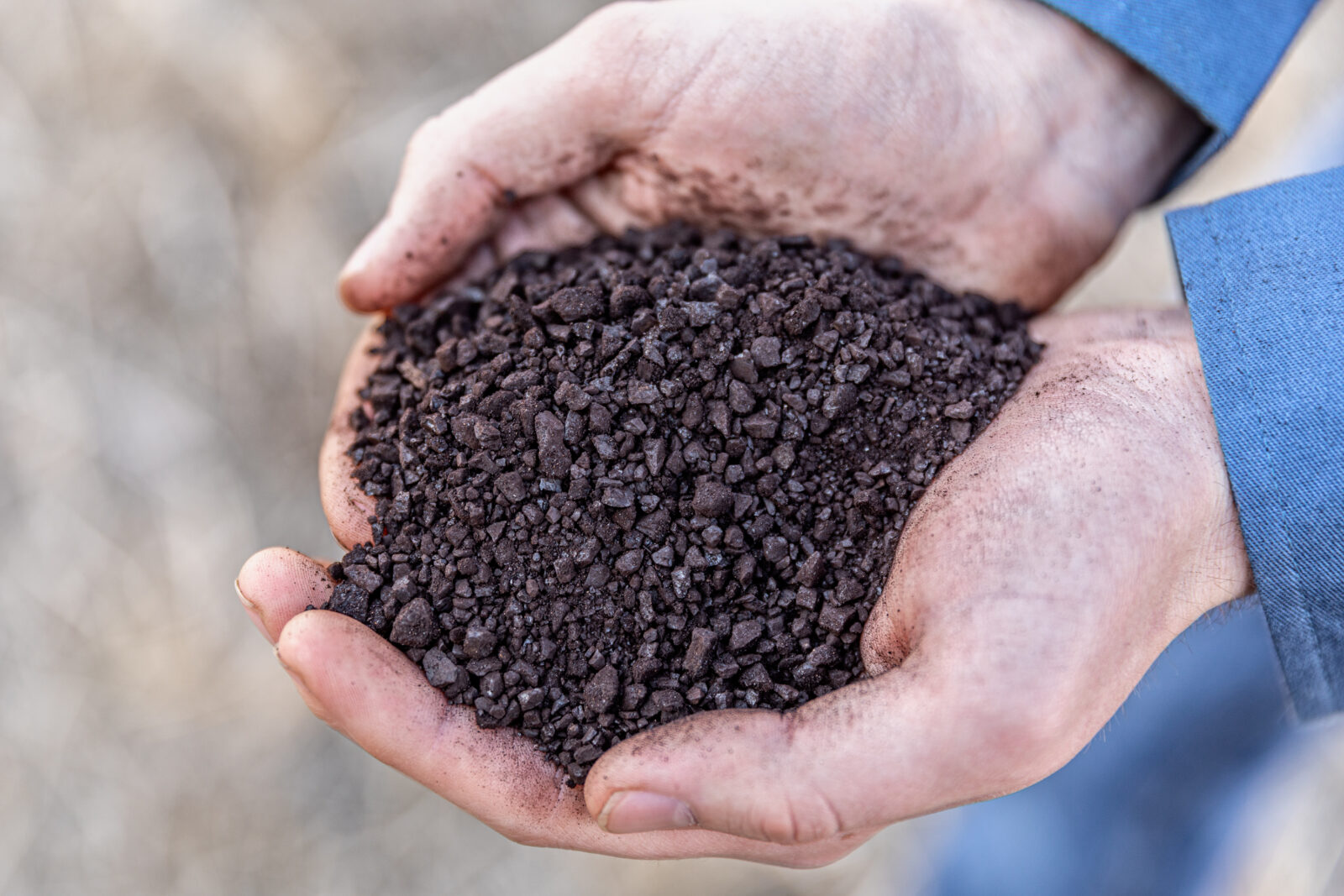
As a raw material, the closest competitor to Humalite is Leonardite. We know humic products are often used for their benefits to growers such as improved water retention, nutrient uptake and soil structure. But when it comes to differentiating Humalite and Leonardite, it’s often unclear.
From environment to geography, read on to reveal several key differences between the two humic-acid-containing materials, Humalite and Leonardite.
Environment: Humalite is Formed in a Freshwater Environment
While the two contain humic acid, Leonardite is a shell term used to describe humic products originating from lignite coal in saltwater deposits.
These deposits can range anywhere between 10-78 per cent humic acid using the coulometric method, with varying levels of unwanted ash and heavy metals.
Compared to Leonardite, which was formed under saltwater, Humalite was formed in a freshwater environment, related to Humalite’s low heavy metal concentration.
Purity: How Much More Humic Acid Does Humalite Contain Compared to Leonardite?
The shallow nature of Humalite’s improved humification through increased oxidation gives it the highest humic acid content in the world.
Humalite’s humic acid content can be upwards of 90 per cent using coulometric testing (65-75% ISO 19822) — the highest quality known on Earth. Therefore, Humalite’s significance on soil health is unmatched.

Geography: Humalite is Exclusive to Hanna, Alberta
Humalite’s superiority over other raw humic products comes from the mine’s geographic location and unique formation.
Leonardite, on the other hand, is more common and found in several near-surface lignite deposits throughout North America where humic acid content varies per site. Leonardite was first known to be found in a North Dakota lignite deposit and subsequently named after the first director of the North Dakota Geological Survey, A. G. Leonard.
The only known Humalite resource is exclusive to a 20 km radius near Hanna, Alberta, Canada, where its name derives from humic acid (hum), Alberta (al) and coal formations (ite). Formed during the decomposition of organic matter in the earth, such as plants and animals, much like Leonardite, its Humalite’s freshwater environment and high humic acid content that makes it truly unique.
WestMET Ag has committed itself to supplying its customers with the highest quality humic products on the market. By comparing Humalite against similar, competitor products, we can prove why Humalite is a stronger alternative.
Request a sales quote to try the highest humic-acid-containing product for yourself.

